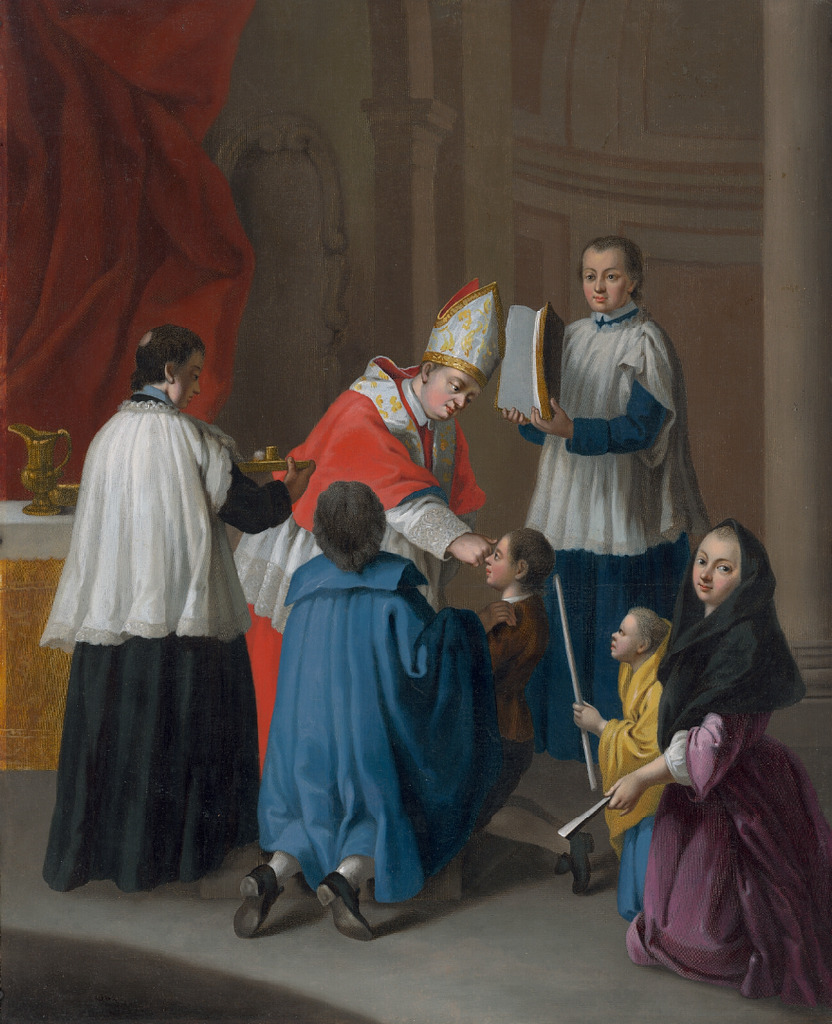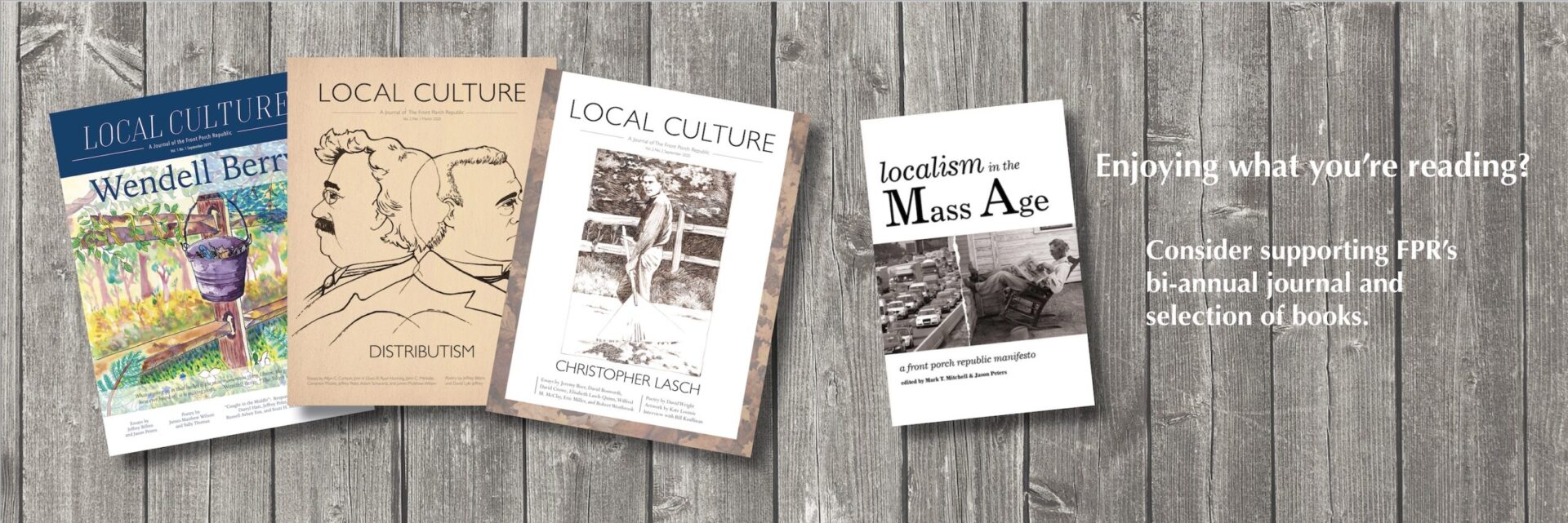The American South is a land where faith lingers in the air like humidity. From roadside billboards warning of the Rapture to white-steepled churches standing sentinel over country roads, religion is woven into the landscape. Yet for all its Christian identity, the South has never been entirely hospitable to Catholicism. Flannery O’Connor, Catholic and Southern, understood this tension better than anyone.
O’Connor’s fiction does not offer sentimental portraits of faith—it tests faith. In her grotesque, unsparing stories, we see how belief is challenged, rejected, distorted, and, in rare cases, purified. In this way, her work functions as a literary crucible for Catholicism, revealing how faith is not static but must be tested in order to endure.
This idea, of faith developing through resistance, echoes John Henry Newman’s theory of doctrinal development. But O’Connor’s fiction also speaks to something more immediate: the loss of a rooted, religiously serious culture, and the dangers that come when Christianity is reduced to either cultural heritage or feel-good sentimentality. O’Connor’s fiction challenges the comfortable Christianity of both her time and ours, and in doing so, her vision of grace, disruption, and tradition has much to say to a world where faith is increasingly privatized, disconnected from place, and stripped of its moral demands.
Catholicism has always been an uneasy presence in the American South. As historian Andrew Moore notes in The South’s Tolerable Alien, Catholics were tolerated but never fully trusted, respected for their moral seriousness yet viewed as outsiders for their hierarchical faith. This sense of being a foreign presence in a deeply Protestant landscape shaped O’Connor’s imagination. Catholic faith, in her fiction, is always a disorienting force—something that does not blend in but instead collides with the world around it.
This tension, however, is not a flaw—it is how faith survives. In An Essay on the Development of Christian Doctrine, John Henry Newman argues that truth must be tested, refined, and deepened over time: it cannot remain static and stay alive. The South, for O’Connor, became a proving ground for Catholicism in much the way that Newman describes. Her fiction shows how real belief does not accommodate itself to culture—it resists it.
O’Connor understood the Southern religious imagination. The Protestant South, she observed, was “Christ-haunted”—full of religious language but lacking the sacramental seriousness that Catholicism enjoins. Her stories are filled with violent conversions, grotesque grace, and characters who stumble—often unwillingly—into moments of divine encounter. These moments are rarely comforting. They are intrusions of something larger, something that demands a response.
She explained this approach in Mystery and Manners:
When you can assume that your audience holds the same beliefs as you do, you can relax a little and use more normal means of talking to it; when you have to assume that it does not, then you have to make your vision apparent by shock. To the hard of hearing you shout, and for the almost blind you draw large and startling pictures.
This is precisely what she does in “The Displaced Person,” where the arrival of a Catholic Polish refugee upends the order of a Protestant farming community. The presence of this outsider forces the characters to confront their own prejudices and hypocrisies. He does not assimilate into their world—his very existence exposes its faults. O’Connor’s message is clear: Christianity is not supposed to be comfortable. It is disruptive. It forces confrontation with truth.
O’Connor’s fiction is often seen as Southern in its grotesque humor and violent grace, but it also captures something deeper: the erosion of a rooted, religious way of life. The modern world, O’Connor recognized, was not anti-Christian in an explicit sense. It was something more dangerous: indifferent to faith, treating it as just another lifestyle choice rather than a binding reality. This indifference, more than outright hostility, is what she saw as the great spiritual crisis of modernity.
This theme places her alongside Alexis de Tocqueville, who, in Democracy in America, warned that democracy—if left unchecked—would erode the moral and religious foundations that sustain a serious culture. Unlike fragmented Protestant sects that were prone to constant reinvention, Tocqueville saw Catholicism as a faith that could resist the flattening effects of modern democracy by offering stability, history, and dogma.
O’Connor’s work suggests something similar: a community in which faith bends to culture will eventually lose both its identity and its moral authority. Ultimately, O’Connor’s challenge is not just for the Bible Belt—it is for all of us. She saw, more clearly than most, that faith cannot survive on sentiment alone. It must be rooted in something real, something beyond personal preference. This is why her work remains so urgent. In an era where faith so often seems just one more lifestyle preference, O’Connor reminds us that truth does not beg for acceptance. It stands on its own, often in defiance of the age.
For those concerned about the future of Christianity in the West, O’Connor offers an answer—one that is both bracing and hopeful. Christianity is not dying, but it is being tested. The question she leaves us with is simple: Will we let our faith be tested and refined, or will we dilute it until it disappears?
O’Connor’s response is clear: faith that bends to the age will not survive it. Faith that is tested, however, just might.
Image Via: GetArchive











